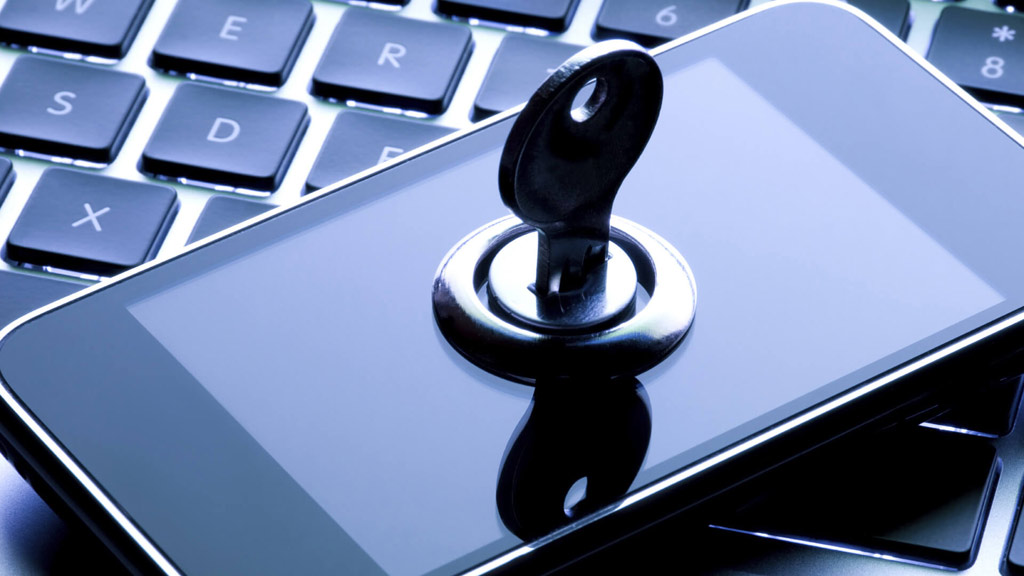
Keeping your smartphone safe can mean more than just ensuring it doesn’t fall into a toilet or hard concrete and meet an untimely death. It also means taking proper steps to protect the data—your personal data—stored on that phone to keep the wrong people away from it. If smartphone security is a concern of yours, then you may want to consider these methods for ramping your privacy and protecting what’s yours.
The chances of your phone being hacked may not be as common as a computer, but you could just as easily be part of the minority if you’re not careful. In most cases, it’s carelessness that leads to vulnerability cyberattackers can exploit.
Use a password manager
It used to be that having an account for something online was really only for email, but those days are long gone. Now, with social media, cloud services and multiple emails, the need to manage passwords has never been greater. Plenty of apps are now available to deal with that, including 1Password, LastPass, PasswordBox and Dashlane are some of the standouts in this category, which you should find easily on iOS and Android (and possibly BlackBerry and Windows Phone).
Since the natural compulsion is to use the same two or three passwords across multiple services, an app to manage all that can be especially useful. What these apps do is select randomized long passwords that can then be synchronized across whatever other devices use the same account. For example, the password manager could easily enable access to an account on the smartphone, and a tablet or computer, too.
Two-factor authentication
This is a very good way to add another security wall in front of your email or any other online account that supports two-factor authentication. Essentially, this makes typing in your password the first part of the process. The second part may require a random number being texted to your phone, or using a third-party app to generate a limited time code. For my primary email address, I have to log in with my password, and then launch Google Authenticator to generate a six-digit code that only lasts about a minute. I have to type it in before it ends and a new code is generated.
Gmail supports two-factor authentication, as do several other sites and services, including Facebook and Twitter. Irrespective of signing up for a new account or not, it’s worth checking to see if you can enable two-factor authentication.
Back up your data
Safety doesn’t only have to be about keeping prying eyes away from your data because protecting it should require that you back everything up. If your phone breaks or dies or is lost for whatever reason—and you never backed anything up—all the important data could be lost. Priceless photos, videos, messages and documents could be gone with no way to get them back. Don’t let it happen.
Apple has iCloud, Google has its cloud account backup. So do BlackBerry and Windows Phone (with OneDrive). Go even further and do a full backup of your phone, so that you get everything—contacts, messages, photos, video, apps and notes—stored away in case something goes wrong. For the iPhone, try going through iTunes. For Android, give Helium, G Cloud Backup or My BackUp Pro. Having a Google account will also back up some of the essentials, but it won’t cover everything stored on your phone.
Make good use of built-in features
Fingerprint readers are getting better, and Apple’s Touch ID is probably the best one I’ve tried on a smartphone thus far. The new fingerprint scanner on the Samsung Galaxy S6 is also much-improved from the one used in the Galaxy S5. Biometrics still aren’t mainstream on smartphones, so other methods may be required to bump up security using the tools already inside.
For iPhones, Find My iPhone and Activation Lock are good tools to be able to lock down everything. But even a simple four-digit numerical password is a good place to start. Android has more unlocking options, including different pattern unlocks. Try a few to see what feels the most natural to you and use that. You shouldn’t leave your phone free to swipe through without some form of password protection.
Check what you’re agreeing to
This is generally not as big a deal for iOS, BlackBerry or Windows Phone, but it can be for Android. That’s the mobile operating system that has been most susceptible to malware, though the rate of infection is not high. When downloading an app on any platform, consider what it might want from you. Will it need access to your camera, contacts or location? Do you want it to track your location at all times? Some apps will not work properly without that because they’re designed to function based on location data. If you don’t feel comfortable, don’t allow it to track you.
On iOS, you can view the apps that are using location data by going to Settings>Privacy>Location Services. Here, you can adjust when an app tracks you—always, never or while using the app. On Android, it’s not as easy to see. Go to Settings>Location and you will be able to turn it on or off, but won’t have a list of the apps that are using it. Instead, go to Settings>Apps, select an app you are curious about and swipe down to Permissions. There, you will see what exactly the app is allowed to do.
Using a VPN can be helpful in increasing your anonymity, and offers some real benefits to using the apps you want to use most.
If you’re unsure about your vulnerability for whatever reason, an antivirus app could be useful, especially for Android. Avast, Norton, McAfee, AVG and Avira are a handful of standouts in that category.
Best practices
These are five ways to raise your smartphone security, but there are other basic practices any user should generally use. Sharing content is fun and immersive, but doing so with the wrong person could lead to opening the wrong door. Texting passwords or other sensitive information, especially financial, is never a good idea. Utilizing anti-theft features that can lock down a phone and perhaps track a thief are also worth adopting (though approaching the thief yourself probably isn’t). Treat your smartphone as a prized personal possession, and you are more likely not to be lax with security.



ICE contacts are a wonderful thing….provided you don’t password lock your device. If your phone is locked, someone finding your phone won’t be able to see your contacts, let alone find your ICE one(s).
Fortunately for me (and the few remaining BlackBerry users out there) I can put a message on my lock screen, which I have used to put the emergency contact numbers for my wife.
JB
Comments are closed.